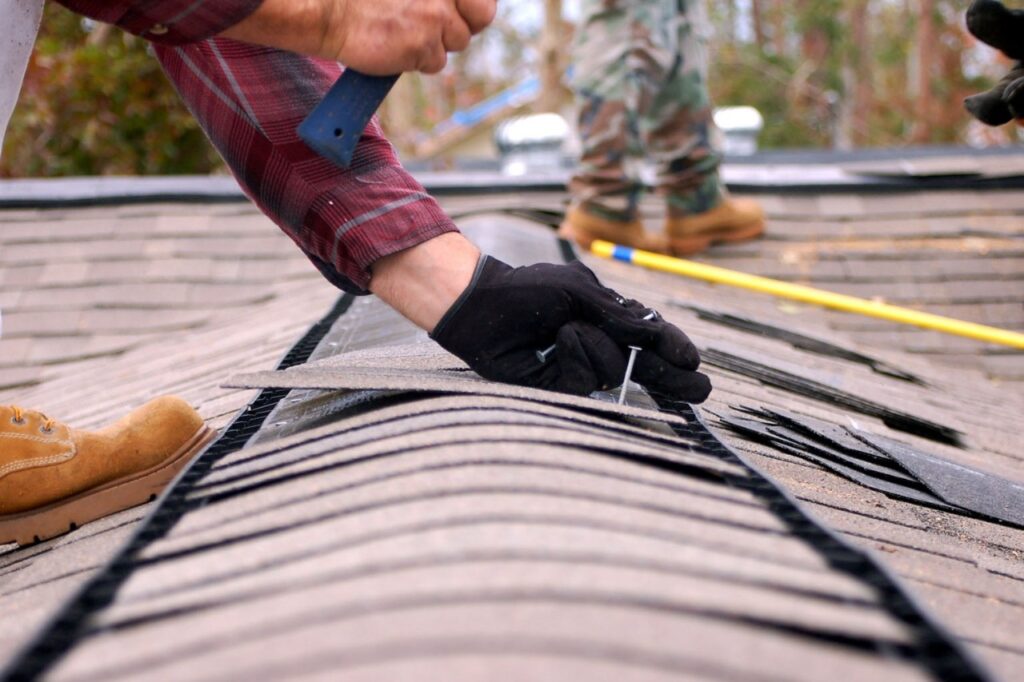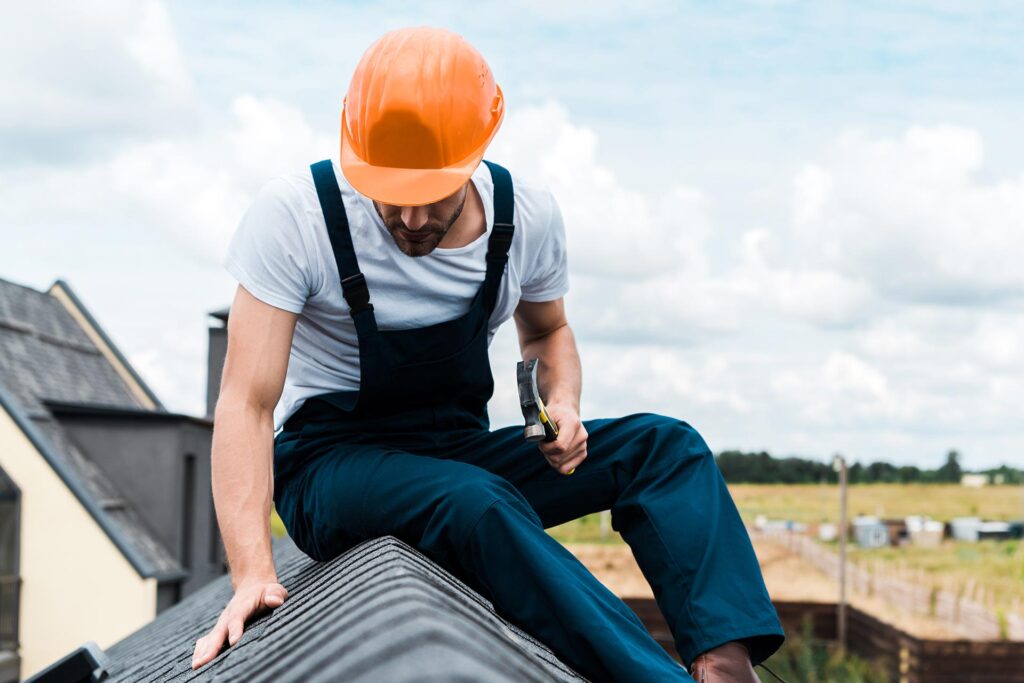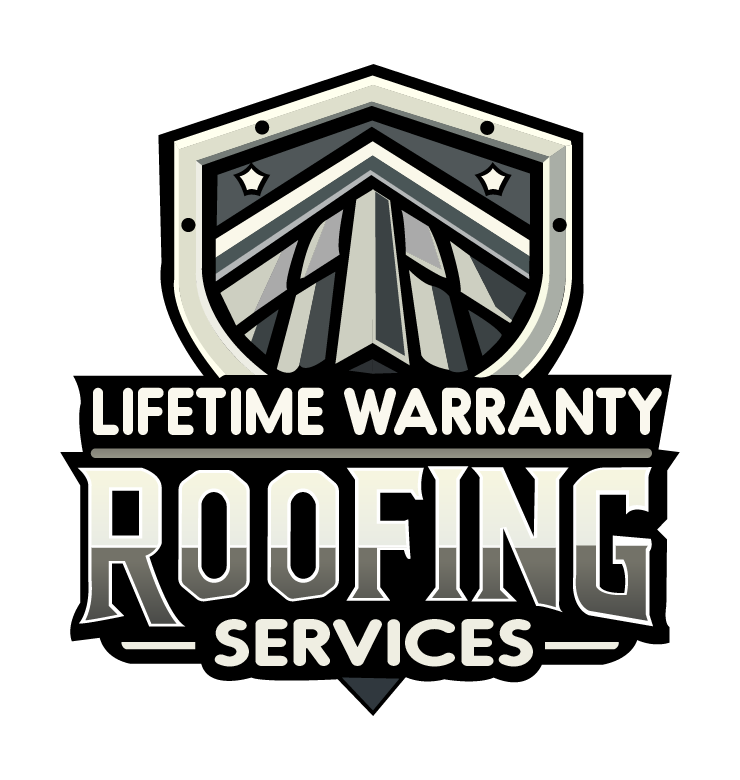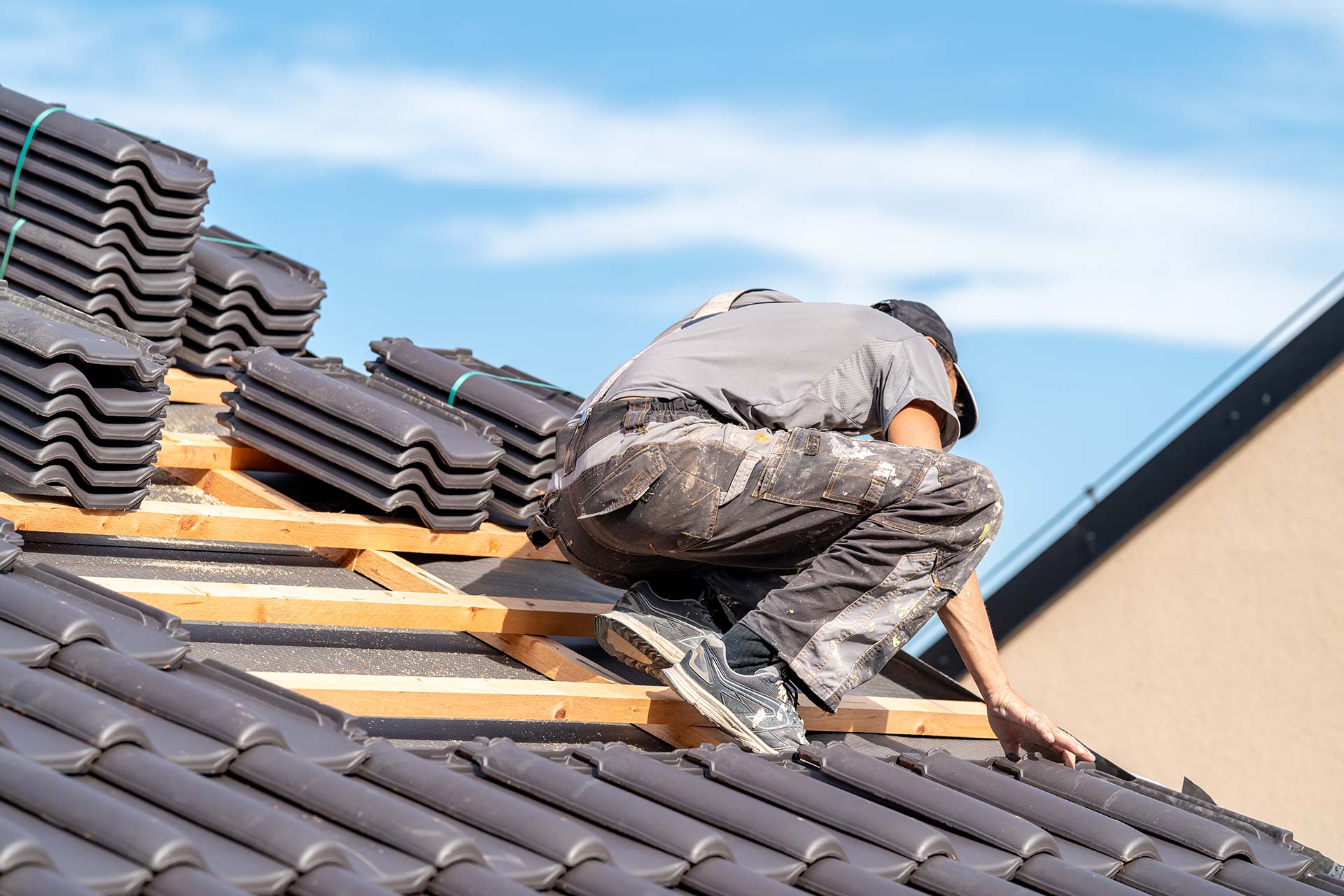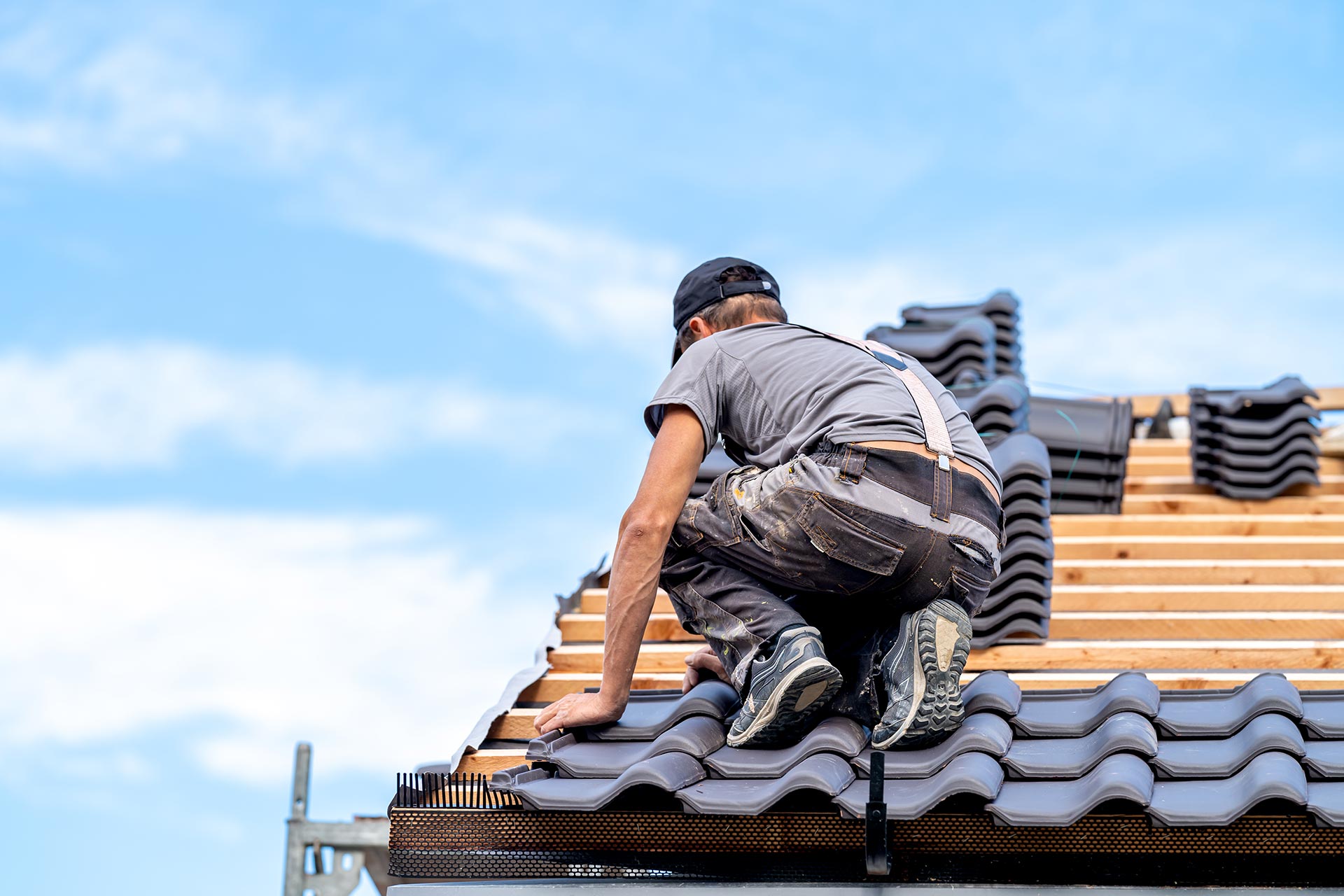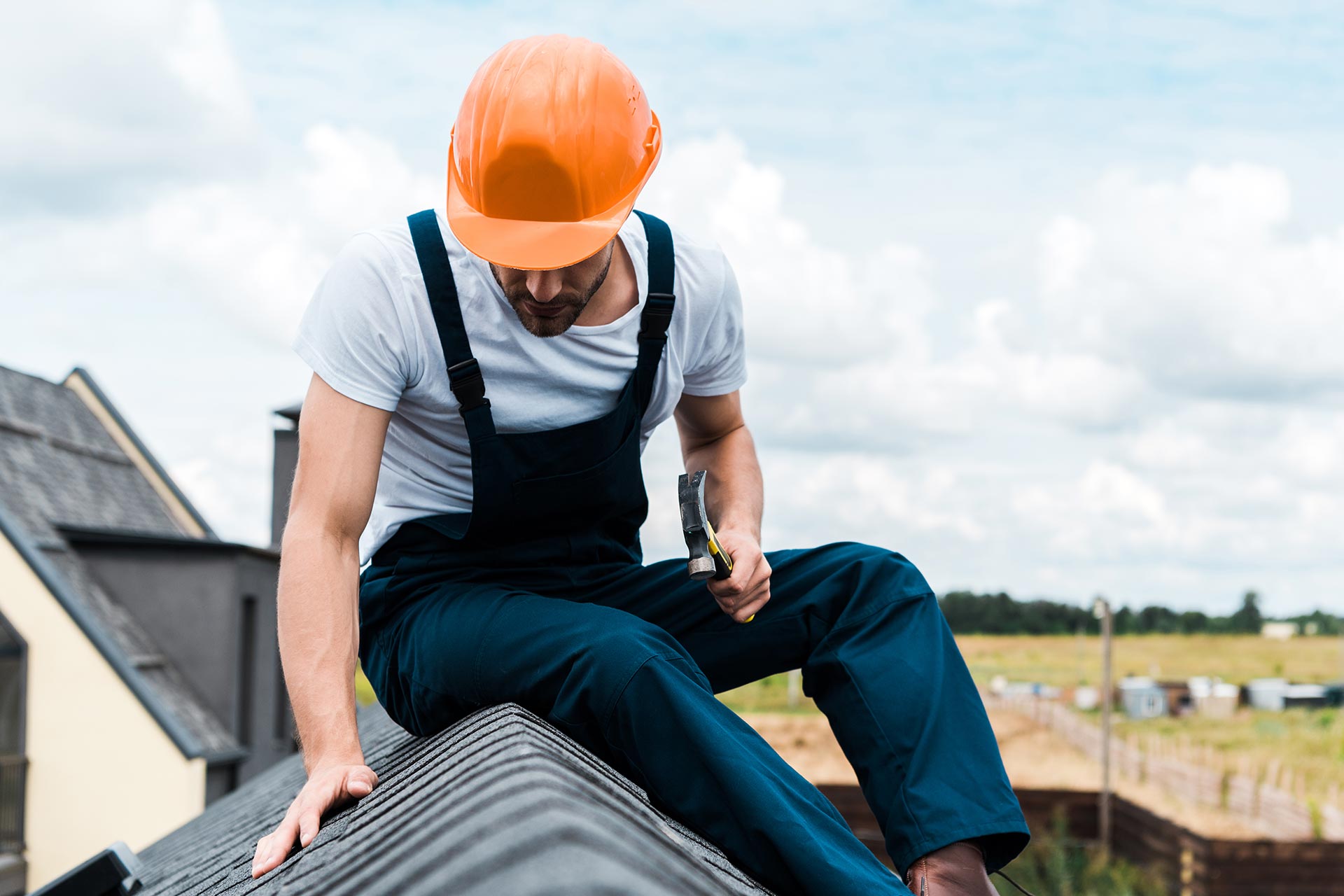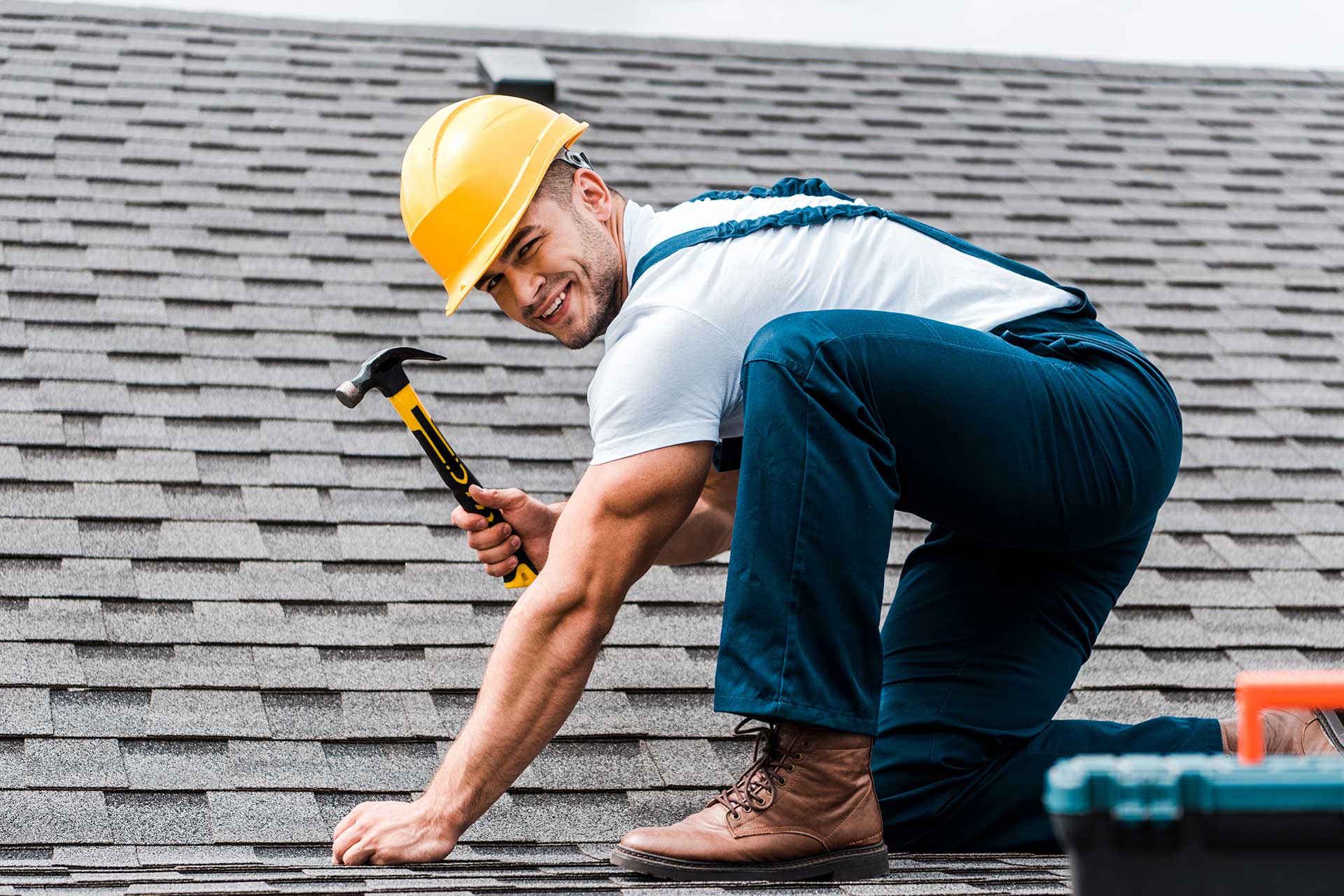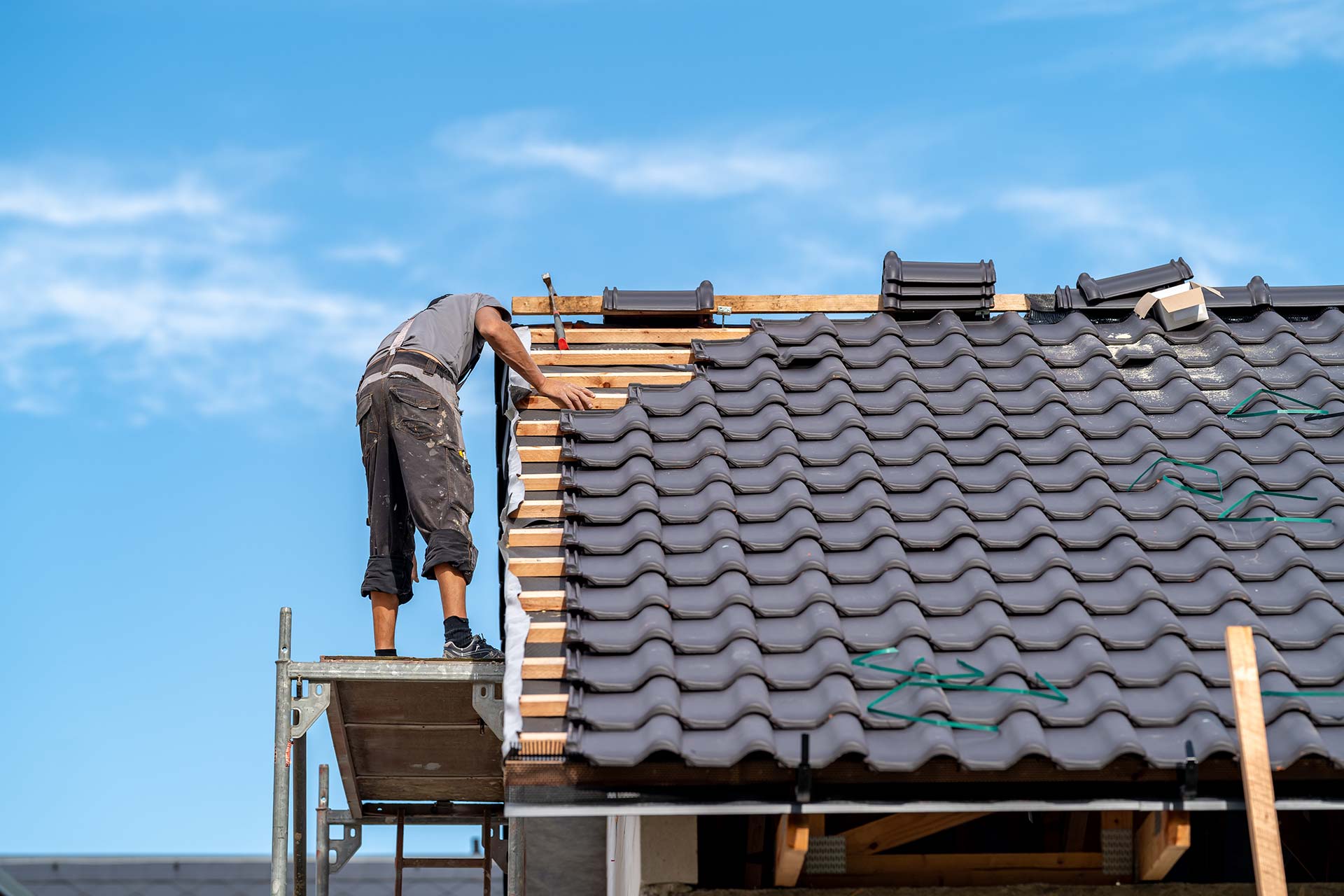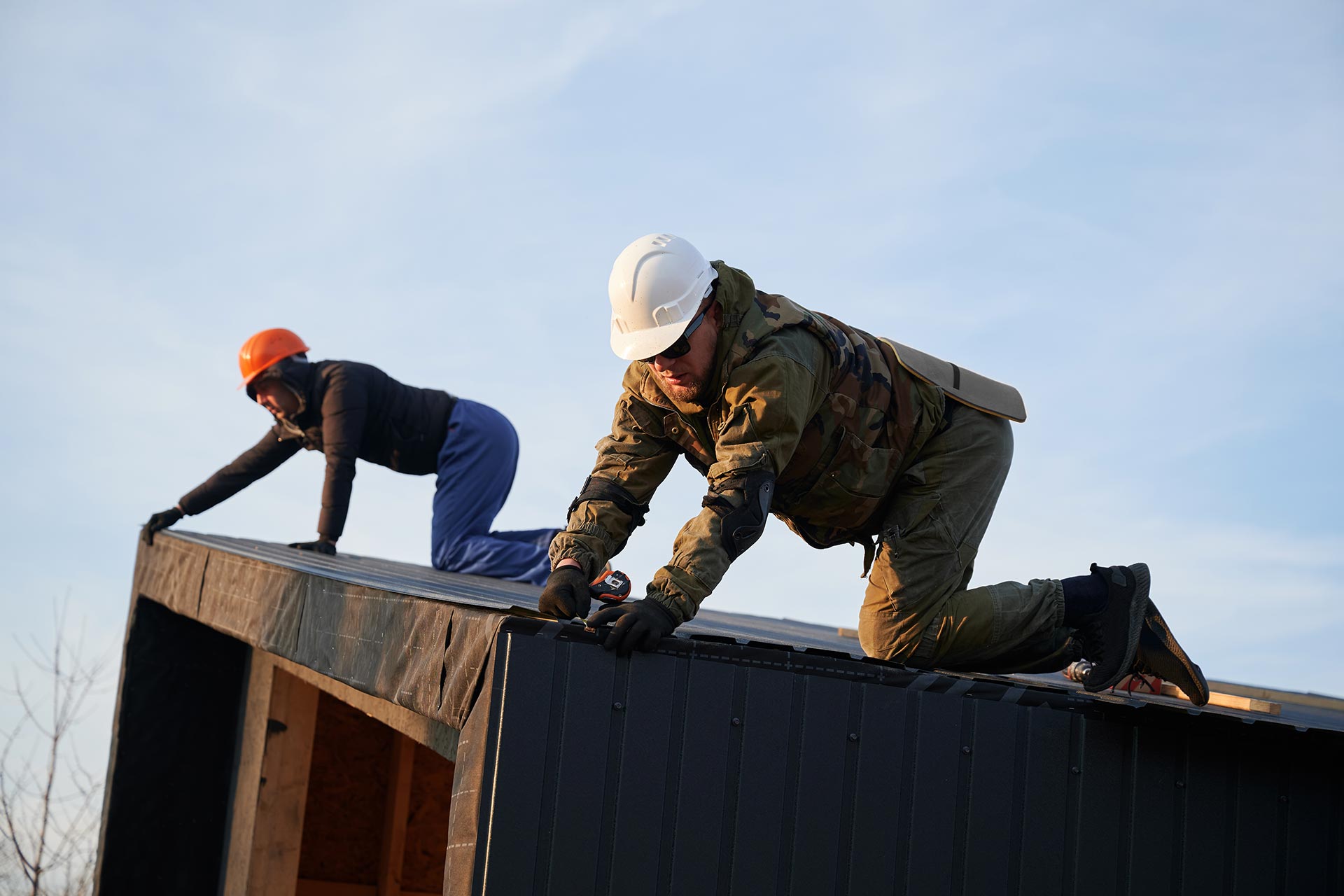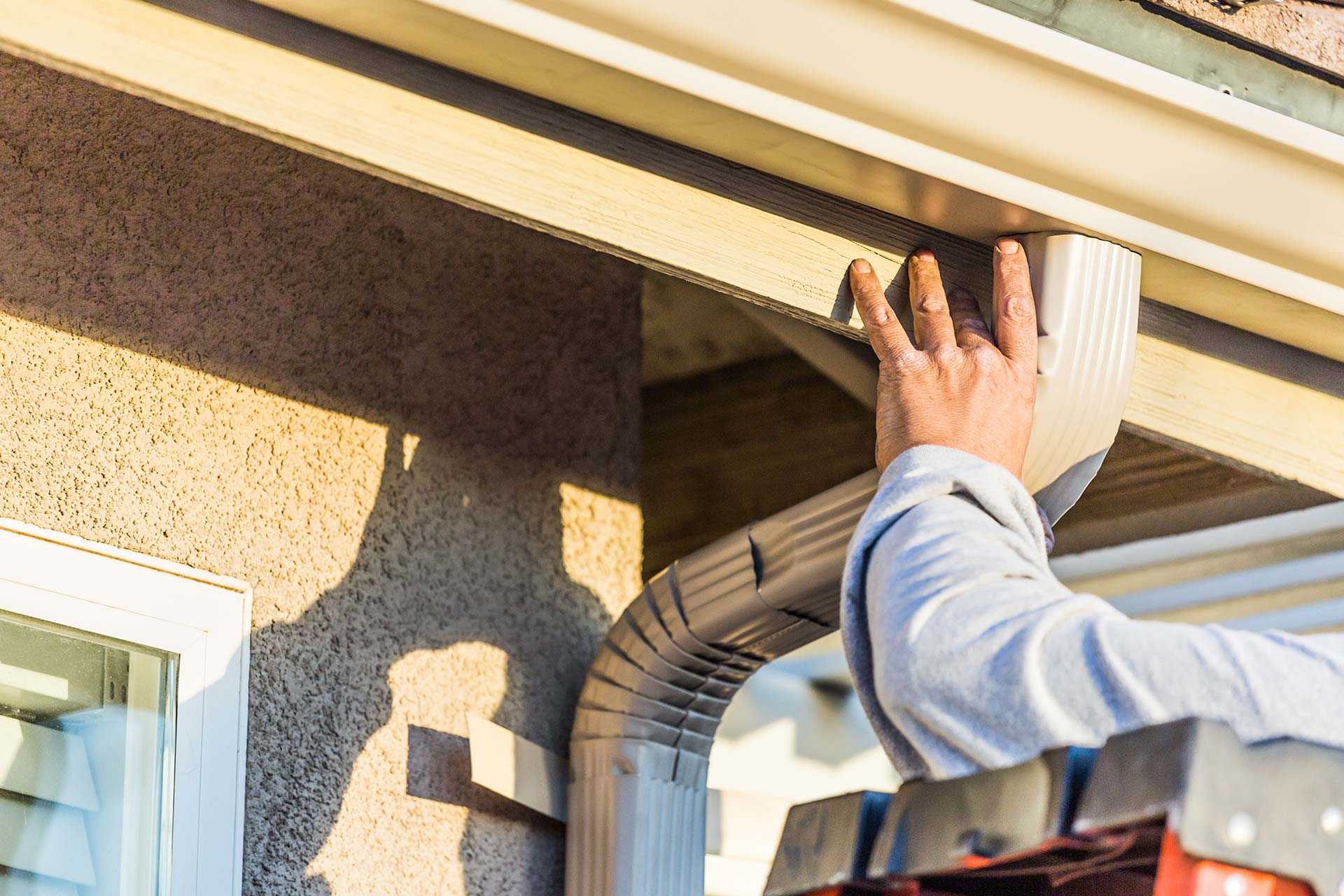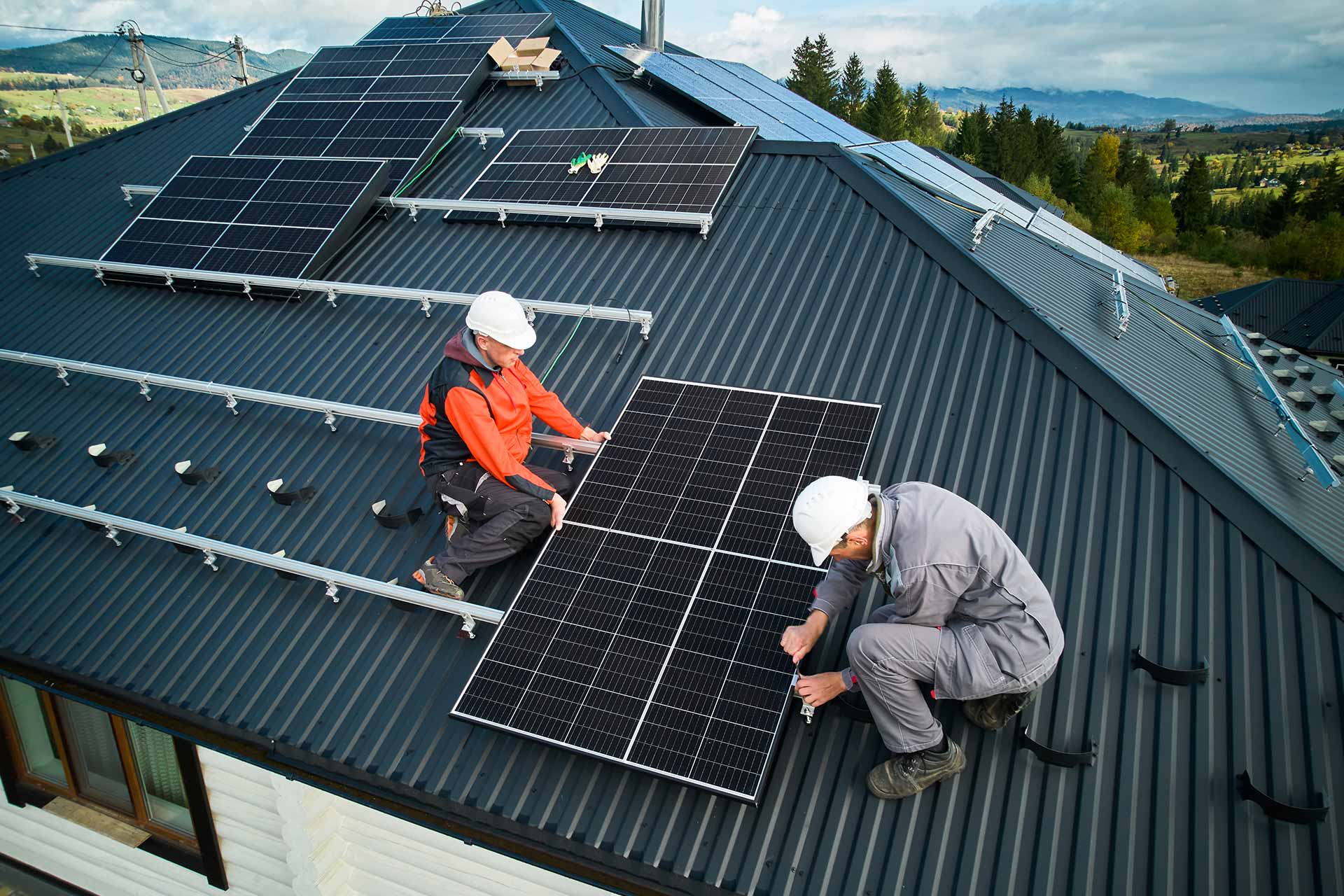A leaking roof can affect not only the roof but also the walls of your home, making it one of the most common and frustrating issues homeowners face. Whether you have a flat roof, a steeply sloped roof, or a more complex roofing system, roof leaks can cause extensive damage if not addressed quickly. The key to avoiding costly repairs and water damage is to take proactive steps to prevent roof leaks. In this guide, we’ll walk through essential tips to ensure your roof remains leak-free and continues to protect your house for years to come.
1. Schedule Regular Roof Inspections
A leaky roof doesn’t always make itself known right away. Sometimes, the roof leaks develop gradually around poorly sealed roof joints or even around a pipe hidden beneath layers of shingles. To avoid this, schedule regular roof inspections with a professional roofer. Professionals can identify weak spots in your roofing materials, such as damaged shingles, missing nails, or cracks around chimneys, vents, and skylights. They’ll also spot issues with damaged flashing or lifted shingles, which are common causes of leaks, and make sure to address them before they lead to water damage.
2. Maintain Clean Gutters and Downspouts
Clogged gutters can lead to standing water on your roof, which may cause leaks in the shingled surface. When debris like leaves and twigs build up in gutters, they can obstruct the natural flow of water, causing it to pool on your roof and penetrate the underlayment. Make sure to clean your gutters regularly to allow proper drainage. This helps redirect water away from your roof and prevent water from seeping in and causing mold growth or mold in your attic, drywall, or even your ceiling.
3. Inspect Flashing Around Roof Penetrations
Roof penetrations, such as those around chimneys, skylights, and vents, are vulnerable to leaks if not properly sealed. The flashing around these areas, often referred to as step flashing, can deteriorate over time, especially in areas prone to strong winds or rain. Damaged flashing can be a major cause of leaks. If you spot cracks or gaps, don’t hesitate to replace the flashing with new flashing to stop water from entering your roof. A professional repair can ensure the job is done correctly and prevent further damage to your home.
4. Inspect Your Roof’s Shingles
Your roof’s shingles are its first line of defense against the elements. Over time, exposure to the sun, snow, and rain can cause shingles to become brittle, crack, or even lift. Lifted shingles leave gaps in the roof’s surface, which can allow water to seep through and lead to a leaky roof. If you notice damaged shingles or missing shingles after a storm or strong winds, be sure to replace them promptly. By taking the time to check your roof’s shingles, you can avoid leaks caused by holes or exposed underlayment.
5. Install Proper Attic Insulation and Ventilation
Without adequate attic insulation and ventilation, your roof can be vulnerable to ice dams. An ice dam occurs when warm air from your home causes snow on your roof to melt. The water then refreezes at the eaves, trapping more snow and water on the roof. This leads to standing water, which can eventually seep under shingles and cause leaks in your attic or even through your ceiling. Proper attic insulation helps keep temperatures consistent, while proper ventilation allows moisture to escape. Together, they prevent the formation of ice dams and mold growth, which can lead to potential damage to your roof .
6. Fix Cracks and Seams in Roof Joints
The roof joints where different sections of your roof meet can be another weak spot. Over time, these joints can develop cracks, allowing water to seep through and cause leaks. You may notice this especially if you have a flat roof where water can accumulate. Regular inspection and the application of caulk around the joints can help prevent water from entering. If you detect significant cracks in your roof joints, you may be tempted to attempt your own repairs, but a professional roofer can recommend the best way to fix them and restore the roof’s integrity.
7. Trim Overhanging Tree Branches
If your home has trees near the roof, overhanging branches can scrape against the roofing materials, causing damage to shingles or fascia boards. Debris from trees can also clog gutters and collect on the roof around the chimney , trapping moisture and potentially leading to leaks. Regularly trimming tree branches that are close to the roof will help minimize the risk of damage. Additionally, it will prevent branches from becoming heavy during storms, which could cause them to break and potentially puncture the roof.
8. Address Leaks Early with Temporary Fixes
If you notice a leaking roof, it’s essential to act quickly to stop water from causing more damage. While waiting for a professional roofer to arrive, you can temporarily fix the leak by using a plastic tarp to cover the area. Place a bucket under the leak to catch any drips and prevent water damage to your drywall or attic. If the leak is small, applying a waterproof sealant to the affected area can also serve as a temporary fix until you can schedule a professional repair.
9. Check the Fascia Board and Nail Heads
The fascia board, which runs along the edge of the roof, helps hold the roof’s edge in place and supports the gutters. If the fascia board becomes damaged, it can lead to water infiltration, especially if there are loose nail heads or missing nails. Regularly inspect the fascia for rot or damage, and check that all nails are secure. If necessary, replace any damaged sections of the fascia board and use a tarp to ensure water is redirected away from the roofline.
10. Invest in a New Roof When Necessary
Sometimes, the best way to prevent roof leaks is by installing a new roof. If your roof is old and showing signs of extensive wear, such as constant leaks, damaged shingles, or mold growth, it may be time to consider a replacement. A new roof will not only prevent leaks but also increase your home’s energy efficiency and curb appeal. Work with a trusted professional roofer to select the best roofing materials and ensure your roof is installed to last.
Conclusion
Taking proactive steps to prevent roof leaks is essential for protecting your home from water damage and mold growth. Regular inspections, cleaning gutters, and ensuring that roof joints, flashing, and shingles are in good condition will go a long way in keeping your roof secure. If you notice any issues, don’t hesitate to replace damaged materials or seek professional help to address leaks before they become a bigger problem.
By investing time in regular maintenance, you can extend the lifespan of your roof and ensure it continues to redirect water away from your home, preventing leaks and costly repairs in the future. If you’re unsure about any repairs, always consult a professional roofer to ensure the job is done right and your roof is leak-free.

